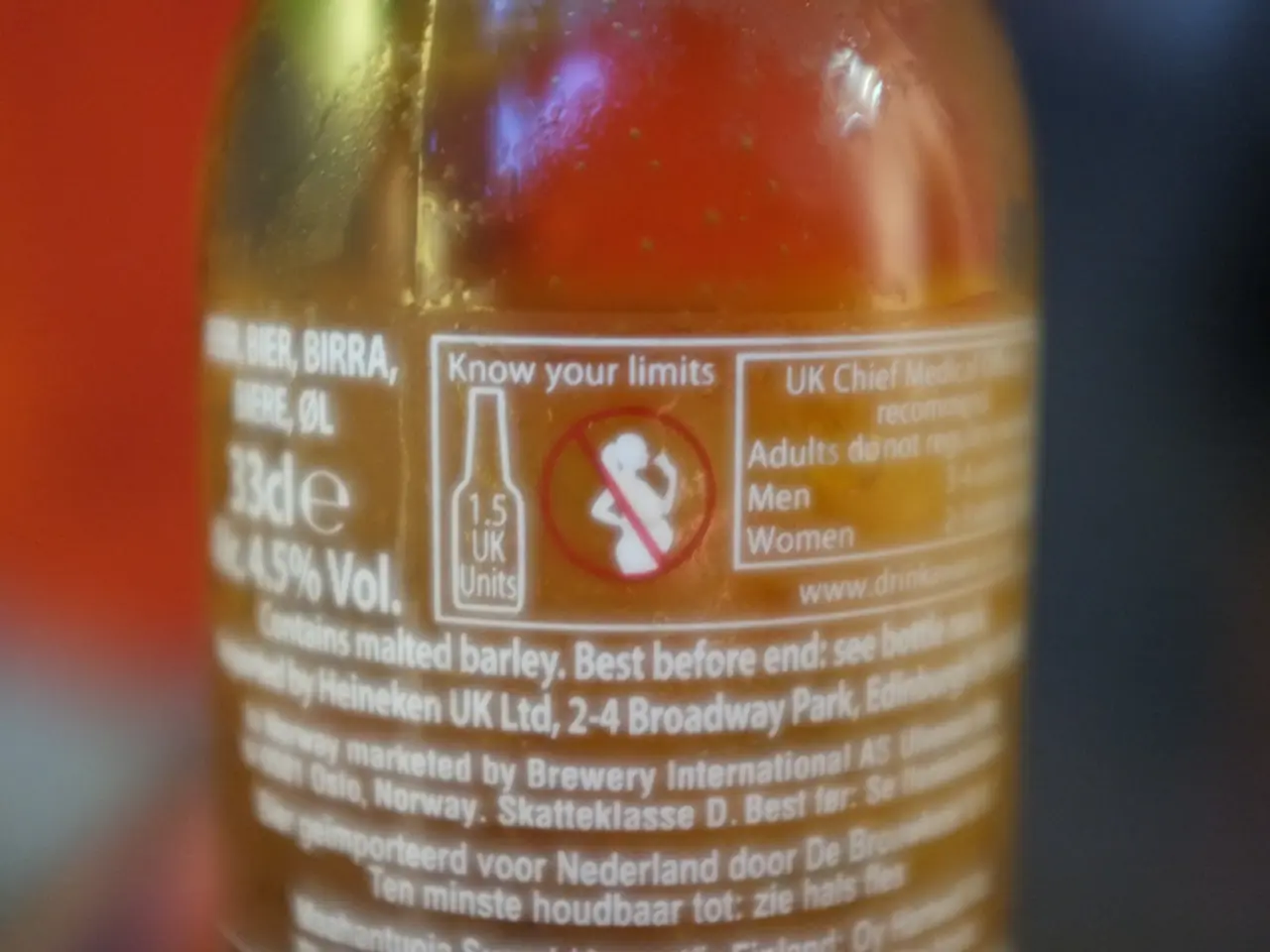Acknowledging threats and taking prompt action can aid in safeguarding laborers from heat-related issues
Protecting Workers from Heat-Related Illnesses: OSHA's Key Recommendations
In response to the growing concern of heat-related illnesses and fatalities in the workplace, the Occupational Safety and Health Administration (OSHA) has issued a series of recommendations to help employers create a safer work environment. These recommendations aim to address heat hazards in both indoor and outdoor settings.
Key Recommendations
- Assess Heat Risk and Monitor Temperatures: Identify high-risk areas and tasks where workers are exposed to high heat. Use tools like the wet bulb globe temperature (WBGT) devices or the OSHA-NIOSH Heat Safety Tool App to monitor temperatures and humidity levels continuously.
- Create a Heat Injury and Illness Prevention Plan (HIIPP): Develop a site-specific plan that includes procedures for evaluating and controlling heat hazards. Ensure the plan is accessible to all employees and is communicated in a language they understand.
- Implement Engineering and Administrative Controls: Provide cool-down areas such as shade or air-conditioned spaces. Control ventilation and humidity. Isolate or shield heat sources. Establish hydration protocols, such as providing 1 quart of water per hour per employee. Implement acclimatization plans for new or returning workers. Offer regular rest breaks.
- Emergency Response Procedures: Develop emergency communication protocols. Ensure transport logistics for emergencies. Train personnel to provide immediate cooling and first aid for heat stroke or illness.
- Training and Record Keeping: Conduct comprehensive heat safety training for both supervisors and employees. Maintain accurate records of heat-related incidents and monitoring data.
- Heat Triggers and Response:
- Initial Heat Trigger at 80°F: Employers must provide access to water, shade, and rest breaks when the heat index exceeds 80°F for more than 15 minutes in an hour.
- High Heat Trigger at 90°F: Employers must implement mandatory breaks, buddy systems, and monitor workers closely for signs of heat illness.
These measures are particularly important in industries like construction, agriculture, and manufacturing, where a significant number of heat-related fatalities occur. For instance, 34% of the 986 worker deaths from heat exposure in the US from 1992 to 2022 were in the construction industry.
In addition to these measures, employers should also provide cool water for workers to drink and remind workers to drink regularly. For longer jobs that exceed two hours, employers should provide electrolyte-containing beverages. Employers should also modify work schedules with mandatory increased breaks in cooler areas, scheduling work at a cooler time of day, and rotating job functions to help minimize exertion or heat exposure.
Quick engagement with emergency medical services is crucial in case of heat-related emergencies. Employers should be able to recognize signs and symptoms of heat exhaustion, which include headache, nausea, dizziness, weakness, irritability, thirst, decreased urine, heavy sweating, and elevated body temperature. Heat stroke symptoms include slurred speech, confusion, loss of consciousness, hot, dry skin or profuse sweating, very high body temperature, and seizures.
Action should be taken to cool down an employee experiencing heat exhaustion symptoms, such as moving them to a cooler area, removing unnecessary clothing, providing cool water, and cooling them with water, ice, or a fan. If heat stroke symptoms are observed, 911 should be called immediately. Administrating first aid for heat exhaustion is important for employers and workers.
The OSHA-NIOSH Heat Safety Tool is a free app that employers can download to monitor heat hazards in real-time. Employers should also be aware that according to OSHA, three out of four heat-related deaths occur during a worker's first week on the job. Therefore, it is crucial to create and follow a plan to allow new and returning workers to acclimate to working in the heat.
By implementing these recommendations, employers can help create a safer work environment and reduce the risk of heat-related illnesses and fatalities.
[1] OSHA. (n.d.). Heat Safety - OSHA. Retrieved March 22, 2023, from https://www.osha.gov/SLTC/heatstress/index.html
[2] OSHA. (n.d.). Heat Illness Prevention Campaign. Retrieved March 22, 2023, from https://www.osha.gov/SLTC/heatillness/index.html
[3] OSHA. (n.d.). Heat Safety Tool - OSHA. Retrieved March 22, 2023, from https://www.osha.gov/SLTC/heatstress/heat_index/index.html
- To support workplace-wellness, employers in Kentucky and beyond should monitor the weather conditions, especially during hot seasons, as high temperatures can lead to heat-related illnesses.
- The implementation of heat-and-wellness strategies, such as acclimatization plans, hydration protocols, and cool-down areas, can help protect employees' health in both indoor and outdoor work settings.
- By offering therapies-and-treatments like first aid for heat exhaustion and pre-existing health conditions, employers can potentially mitigate the impact of heat-related illnesses on their workforce.
- Extreme heat poses a significant environmental risk, particularly in industries such as construction, agriculture, and manufacturing. Therefore, it's essential for employers to follow OSHA's key recommendations to ensure a safer and healthier work environment for all employees.




